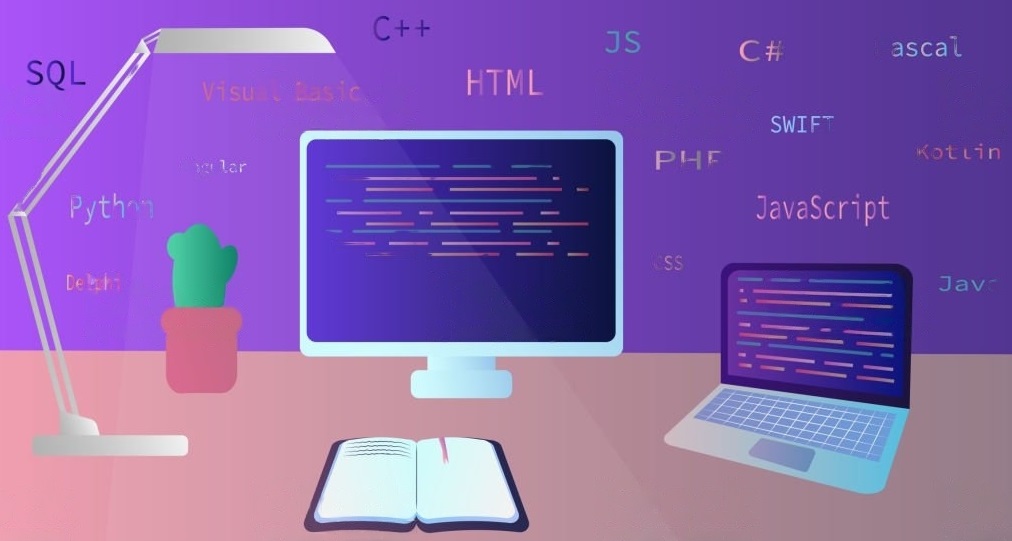Discover the power of Python libraries for machine learning and dive into Scikit-learn, TensorFlow, and PyTorch with code examples!
Machine learning (ML) is reshaping the world, and Python has become the go-to language for ML development, thanks to its extensive ecosystem of powerful libraries.
In this article, we’ll introduce three popular Python libraries for machine learning: Scikit-learn, TensorFlow, and PyTorch.
We’ll provide code samples and insights into their features, helping you choose the best library for your next ML project. So, let’s dive in!
Scikit-learn: The Swiss Army Knife of Machine Learning
Scikit-learn is an open-source library that provides simple and efficient tools for data mining and data analysis. It’s built on NumPy, SciPy, and Matplotlib, which makes it perfect for beginners and experts alike.
Scikit-learn supports a wide range of ML algorithms, including classification, regression, clustering, and dimensionality reduction. Additionally, it offers utilities for model selection, preprocessing, and evaluation.
Here’s an example of using Scikit-learn for a simple linear regression:
from sklearn.linear_model import LinearRegression
from sklearn.model_selection import train_test_split
from sklearn.metrics import mean_squared_error
# Load your dataset (X, y)
# ...
# Split the data into training and test sets
X_train, X_test, y_train, y_test = train_test_split(X, y, test_size=0.2)
# Train the linear regression model
model = LinearRegression()
model.fit(X_train, y_train)
# Make predictions on the test set
y_pred = model.predict(X_test)
# Evaluate the model
mse = mean_squared_error(y_test, y_pred)
print("Mean squared error:", mse)
TensorFlow: High-Performance Machine Learning at Scale
TensorFlow, an open-source library developed by Google, is designed for high-performance numerical computation and machine learning tasks.
It provides a flexible platform for deploying ML models on various devices, including CPUs, GPUs, and TPUs.
TensorFlow has a comprehensive ecosystem that includes TensorFlow Lite for mobile devices, TensorFlow.js for web applications, and TensorFlow Extended (TFX) for end-to-end ML pipelines.
It’s particularly popular for deep learning, with support for neural networks, computer vision, natural language processing, and more.
Here’s an example of creating a simple neural network using TensorFlow and Keras:
import tensorflow as tf
from tensorflow.keras import layers
# Define the model architecture
model = tf.keras.Sequential([
layers.Dense(128, activation='relu', input_shape=(input_dim,)),
layers.Dense(64, activation='relu'),
layers.Dense(num_classes, activation='softmax')
])
# Compile the model
model.compile(optimizer='adam',
loss='sparse_categorical_crossentropy',
metrics=['accuracy'])
# Load your dataset (X_train, y_train, X_test, y_test)
# ...
# Train the model
model.fit(X_train, y_train, epochs=10, batch_size=32)
# Evaluate the model
test_loss, test_accuracy = model.evaluate(X_test, y_test)
print("Test accuracy:", test_accuracy)
PyTorch: Flexibility and Dynamic Computation for Deep Learning
PyTorch, developed by Facebook, is a Python-based library that has rapidly gained popularity for its dynamic computation graph and ease of use. It offers a flexible and intuitive interface, making it a favorite among researchers and developers working on cutting-edge ML problems.
PyTorch provides powerful GPU support, automatic differentiation, and various optimization algorithms,
making it suitable for a wide range of deep learning tasks, including computer vision, natural language processing, and reinforcement learning. PyTorch also has a thriving ecosystem, with projects like Hugging Face Transformers and Fast.ai built on top of it.
Here’s an example of creating a simple neural network using PyTorch:
import torch
import torch.nn as nn
import torch.optim as optim
# Define the model architecture
class SimpleNN(nn.Module):
def __init__(self, input_dim, num_classes):
super(SimpleNN, self).__init__()
self.fc1 = nn.Linear(input_dim, 128)
self.fc2 = nn.Linear(128, 64)
self.fc3 = nn.Linear(64, num_classes)
def forward(self, x):
x = torch.relu(self.fc1(x))
x = torch.relu(self.fc2(x))
x = self.fc3(x)
return x
# Instantiate the model
model = SimpleNN(input_dim, num_classes)
# Set the loss function and optimizer
criterion = nn.CrossEntropyLoss()
optimizer = optim.Adam(model.parameters())
# Load your dataset (train_loader, test_loader)
# ...
# Train the model
for epoch in range(10):
for batch_idx, (data, target) in enumerate(train_loader):
optimizer.zero_grad()
output = model(data)
loss = criterion(output, target)
loss.backward()
optimizer.step()
# Evaluate the model
correct = 0
total = 0
with torch.no_grad():
for data, target in test_loader:
output = model(data)
_, predicted = torch.max(output.data, 1)
total += target.size(0)
correct += (predicted == target).sum().item()
test_accuracy = correct / total
print("Test accuracy:", test_accuracy)
Summary
In this article, we introduced three powerful Python libraries for machine learning: Scikit-learn, TensorFlow, and PyTorch.
Each of these libraries offers unique features and capabilities, catering to different needs and preferences.
Scikit-learn is perfect for beginners and a wide range of ML algorithms, TensorFlow excels at high-performance, large-scale deep learning, and PyTorch provides flexibility and dynamic computation for research-oriented projects.
Now you’re equipped with the knowledge to choose the right library for your machine learning projects! Happy coding!
Thank you for reading our blog, we hope you found the information provided helpful and informative. We invite you to follow and share this blog with your colleagues and friends if you found it useful.
Share your thoughts and ideas in the comments below. To get in touch with us, please send an email to dataspaceconsulting@gmail.com or contactus@dataspacein.com.
You can also visit our website – DataspaceAI




